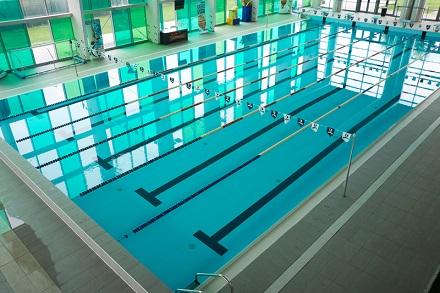

Here are a few of the highlights (or, rather, lowlights):
• One day after her son went swimming in Sinepuxent Bay near Ocean City, Md., a mother said he was “covered in wounds from flesh-eating bacteria,” CNN reports. Medical professionals diagnosed the boy with Vibrio, which according to the Centers for Disease Control and Prevention causes an estimated 80,000 illnesses and 100 deaths in the United States every year. One of the causes is open-wound exposure to seawater.
“Most Vibrio infections occur between May and October, when water temperatures are warm,” CNN reports. “Flesh-eating bacteria stop blood circulation and cause tissue to die and skin to decay, according to the CDC. More than one type of bacteria can eat the flesh in this way; [p]ublic health experts believe that group A Streptococcus bacteria are the most common cause of these infections.”
Days earlier, a 77-year-old Florida woman died from injuries she sustained after cutting her leg while walking along the cost of Anna Maria Island, Fla. According to CNN, Carolyn “Lynn” Fleming’s leg became infected with necrotizing fasciitis, another form of flesh-eating bacteria.
• The Centers for Disease Control and Prevention has issued a warning about Cryptosporidium outbreaks in the United States, stressing that the number of outbreaks has increased an average of 13 percent each year from 2009 to 2017. Those outbreaks resulted in 7,465 people becoming sick, 287 hospitalizations and one death, and 35 percent of them were linked treated swimming water in places like pools and water playgrounds.
“Crypto, a parasite, is spread through the poop of infected humans or animals,” according to the CDC’s warning. “People can get sick after they swallow the parasite in contaminated water or food or after contact with infected people or animals. Crypto is the leading cause of disease outbreaks in the United States linked to water, specifically outbreaks linked to pools or water playgrounds.
“Crypto is protected by an outer shell that makes it tough to kill,” the warning continued. “For example, it can survive for days in chlorinated water in pools and water playgrounds or on surfaces disinfected with chlorine bleach. Crypto can easily cause outbreaks because it only takes a few germs to make someone sick, and there can be millions of Crypto germs in poop. Someone sick with Crypto can have diarrhea for up to three weeks.”
Little-known fact, courtesy of the CDC: “People have an average of 0.14 grams of poop on their bottoms.”
AsAQUA magazine detailed in 2017, “[i]n order to kill Crypto as it is introduced to the water, the [pool] system must have a properly sized and installed ozone system that eliminates the organism before it’s ingested.” Ozone is a powerful oxidizer and kills crypto by the chemical process known as lysing.
In addition, the article notes, “manufacturers of UV systems also lay claim to effectively ridding water of the pathogen. In contrast to ozone, UV disinfects by deactivating the DNA of bacteria and oocysts, such as Crypto, rendering the pathogens unable to reproduce. UV light also differs as a sanitizer from ozone or chlorine in that it does not oxidize organic compounds; it only disinfects as water passes through the UV chamber and can be impacted by turbidity. The use of UV gained a boost back in 2006 when the EPA issued its Long Term 2 Enhanced Surface Water Treatment Rule, which defined guidelines for using UV to treat public water.”
That might be a little more chemistry than many event owners are ready for, but in short, it pays to ask a prospective venue whether any cases of Crypto have ever been reported, and what method(s) of testing, disinfection and filtration are used to keep the water safe. Knowing this information can go a long way toward reassuring athletes and their families that all possible precautions are being taken.
• Authorities along the Mississippi coast have warned beachgoers to stay out of the water, which is infested with harmful blue-green algae blooms. The closures refer to water contact and does not prohibit use of the sand portion of beaches.
“The algae can cause rashes, stomach cramps, nausea, diarrhea and vomiting,” according to a statement from the Mississippi Department of Environmental Quality. “MEDQ advises that those exposed wash with soap and water and to not eat fish or any other seafood taken from affected areas.”
Determining just how harmful the toxins are “comes back to the concentration that’s present in the water,” Joe Griffitt, a professor at the University of Southern Mississippi and interim director of the School of Ocean Science and Engineering, told The Washington Post.
The paper added that “[t]his type of harmful algal bloom occurs in water that is low in salinity — or water with less salt. Along the coast in Mississippi, it’s likely that a decrease in the salinity of the water caused the current bloom.”

